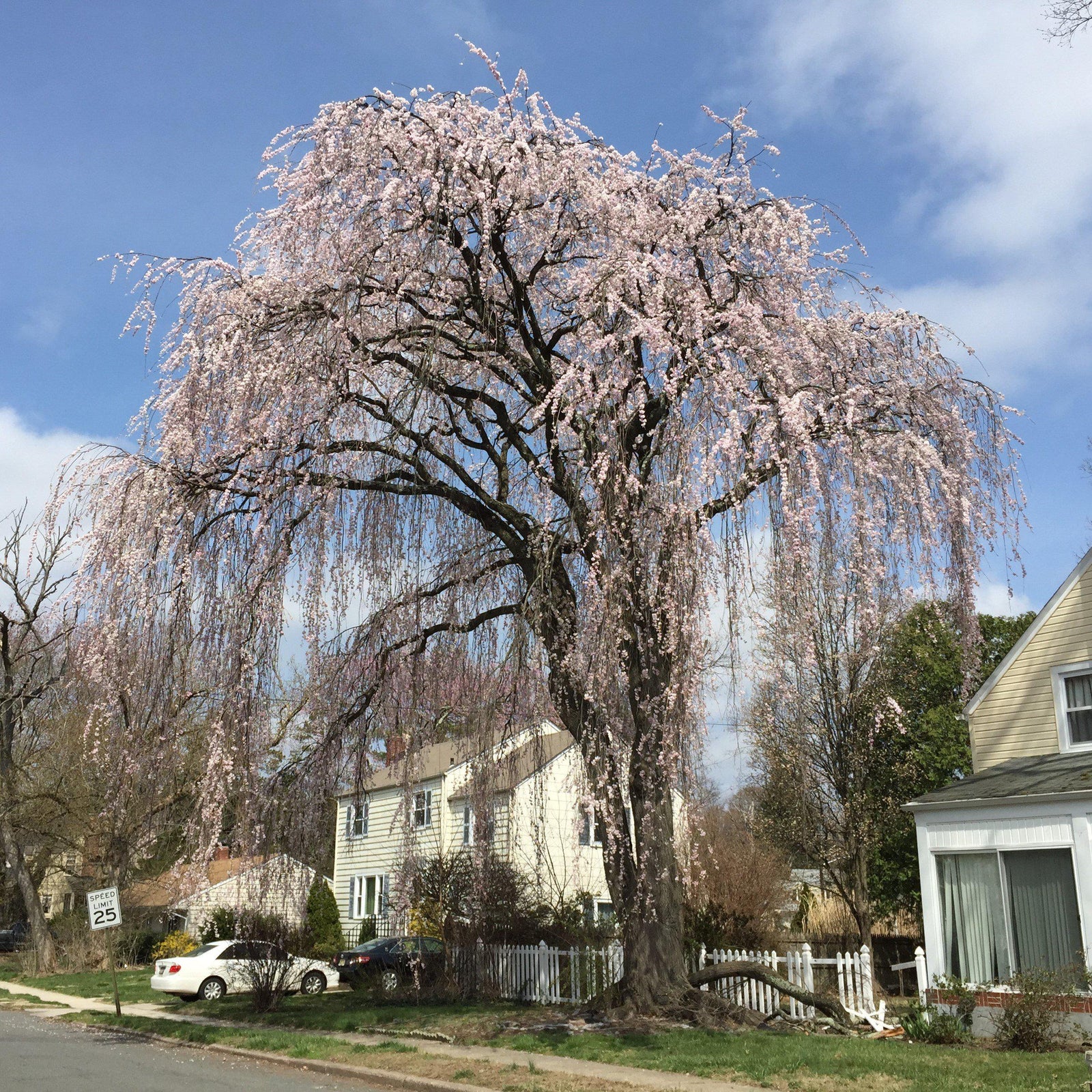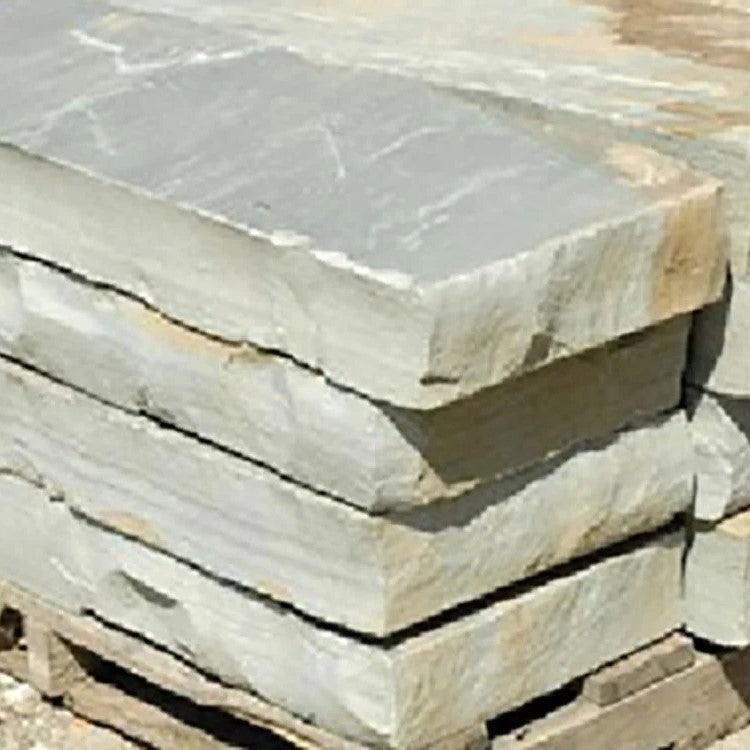The Weeping Higan Cherry, also known as Prunus subhirtella 'Pendula', is a beautiful ornamental tree that is highly valued for its graceful weeping habit and stunning spring blooms. Here's some information about it:
-
Appearance: The Weeping Higan Cherry is a small to medium-sized deciduous tree with a weeping growth habit. It typically reaches a height of 15-25 feet (4.5-7.6 meters) with a spread of 15-25 feet (4.5-7.6 meters). The branches cascade downward, creating a graceful and elegant appearance. In spring, it produces an abundance of pink or white flowers that cover the tree, creating a stunning display.
-
Growth: This tree has a moderate growth rate and can live for several decades. It is known for its ability to adapt to a wide range of soil conditions and climates.
-
Landscape Use: The Weeping Higan Cherry is a popular choice for adding beauty and elegance to landscapes. It is often used as a focal point in gardens, parks, and along walkways. Its weeping form makes it an excellent choice for small gardens or areas where a vertical element is desired.
|
Type: |
|
|
Origins: |
Japan |
|
Height: |
25’ - 30’ |
|
Spread: |
15’ - 25’ |
|
Spacing: |
20’ |
|
USDA Hardiness Zone: |
6 - 8 |
|
Culture: |
|
|
Bloom Color: |
Pink |
|
Season of Interest: |
MAINTENANCE NEEDS: Low Maintenance. Pests and diseases can be a problem. Watch for aphids, scale, borers, caterpillars, beetles and spider mites. Potential diseases include leaf spot, dieback, leaf curl, powdery mildew, root rot, and fireblight. Cherries have weak wood and are susceptible to breakage.
LANDSCAPE USES: Accents or Group Plantings, Borders, Woodland Gardens, Naturalized Areas, Wildlife Gardens, and Shade Tree.
COMPANION PLANTS: Lilac, Viburnum, Coneflower
Image: Famartin, 2016-03-27 13 04 00 An old Weeping Higan Cherry in bloom at the corner of Pingree Avenue and Berwyn Avenue in Ewing, New Jersey, CC BY-SA 4.0



















































